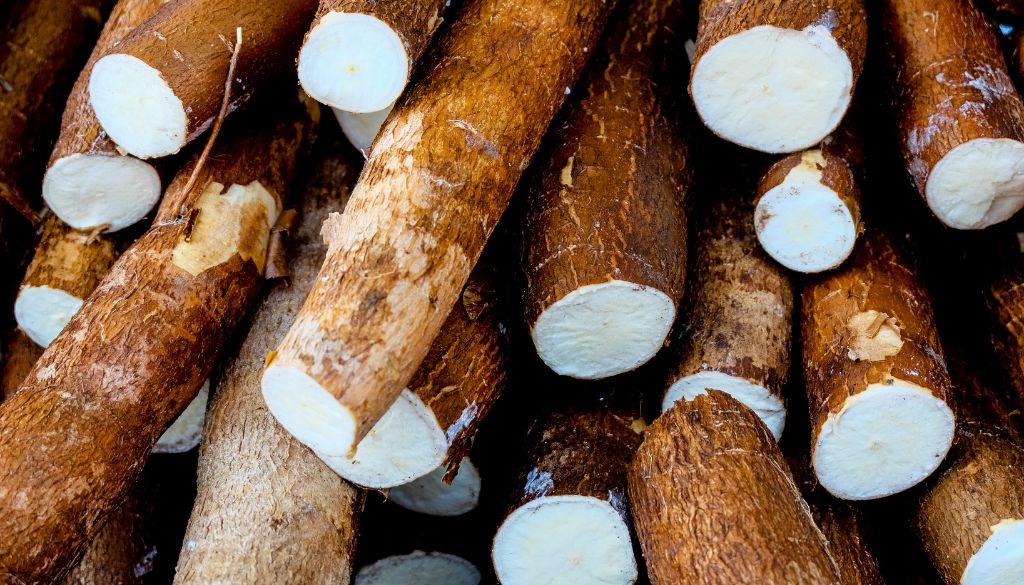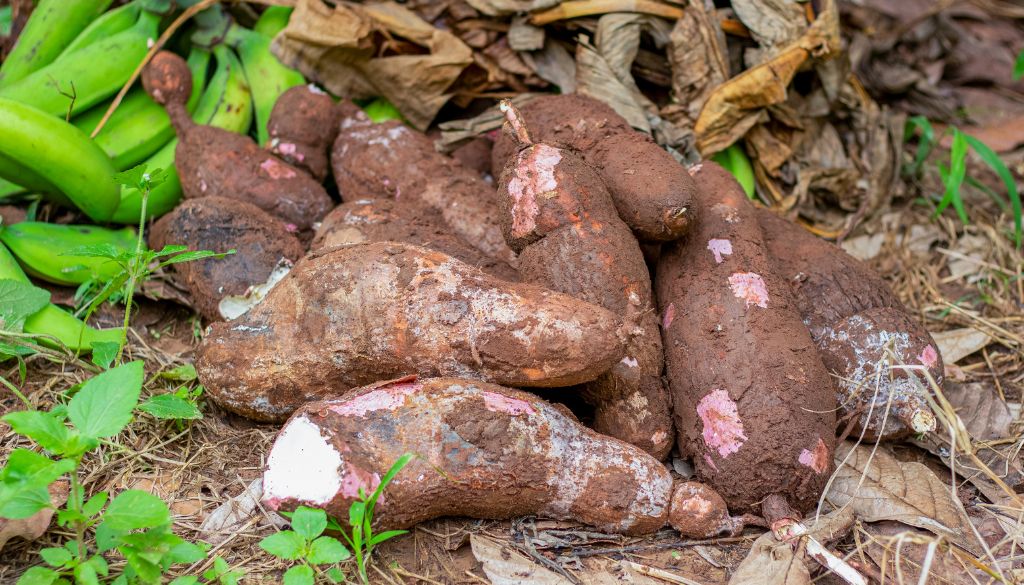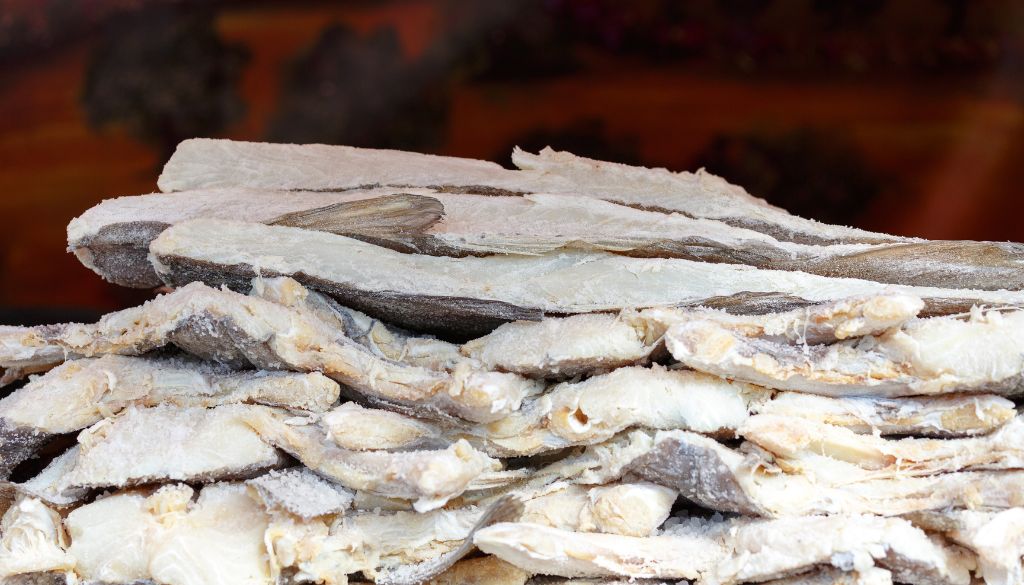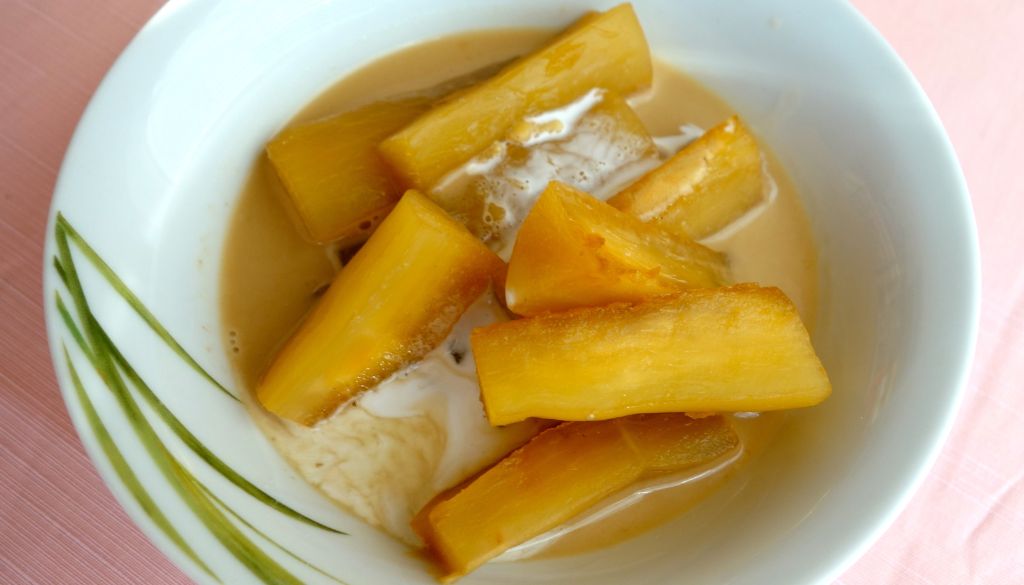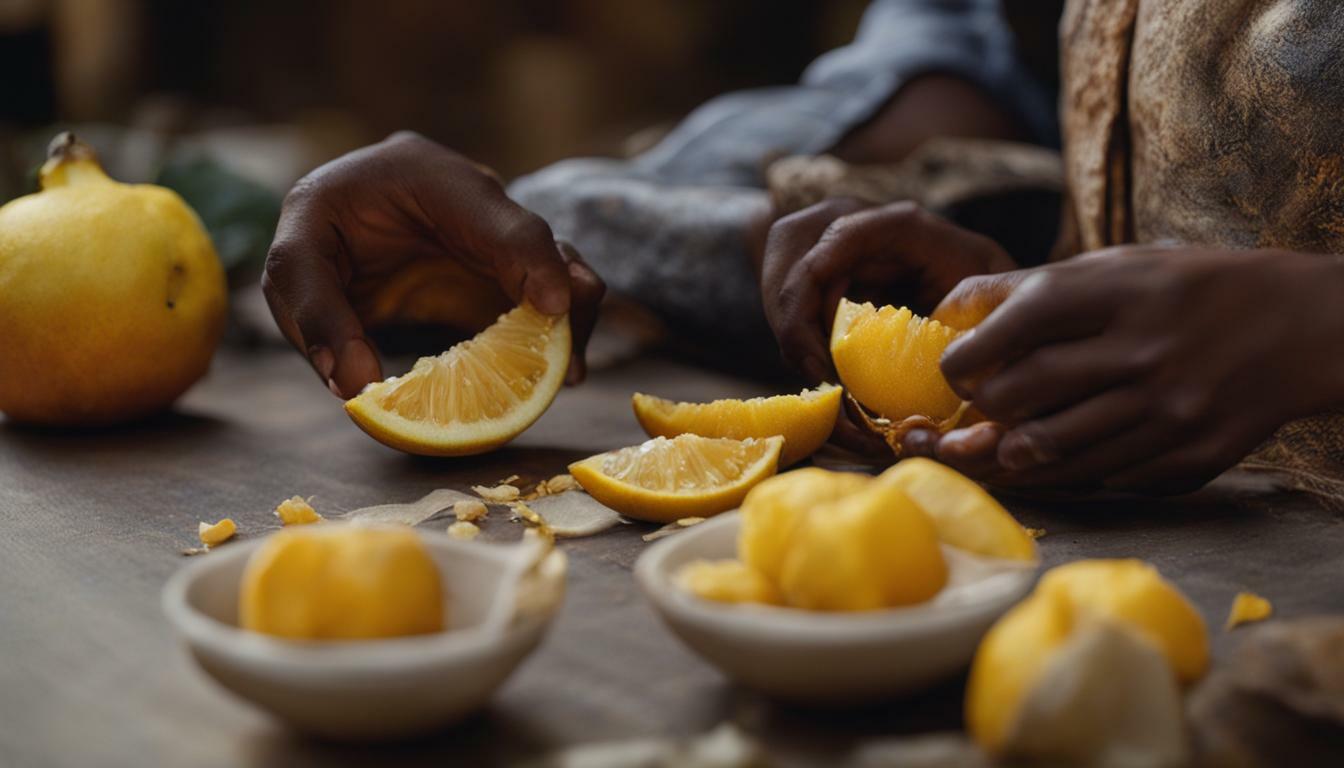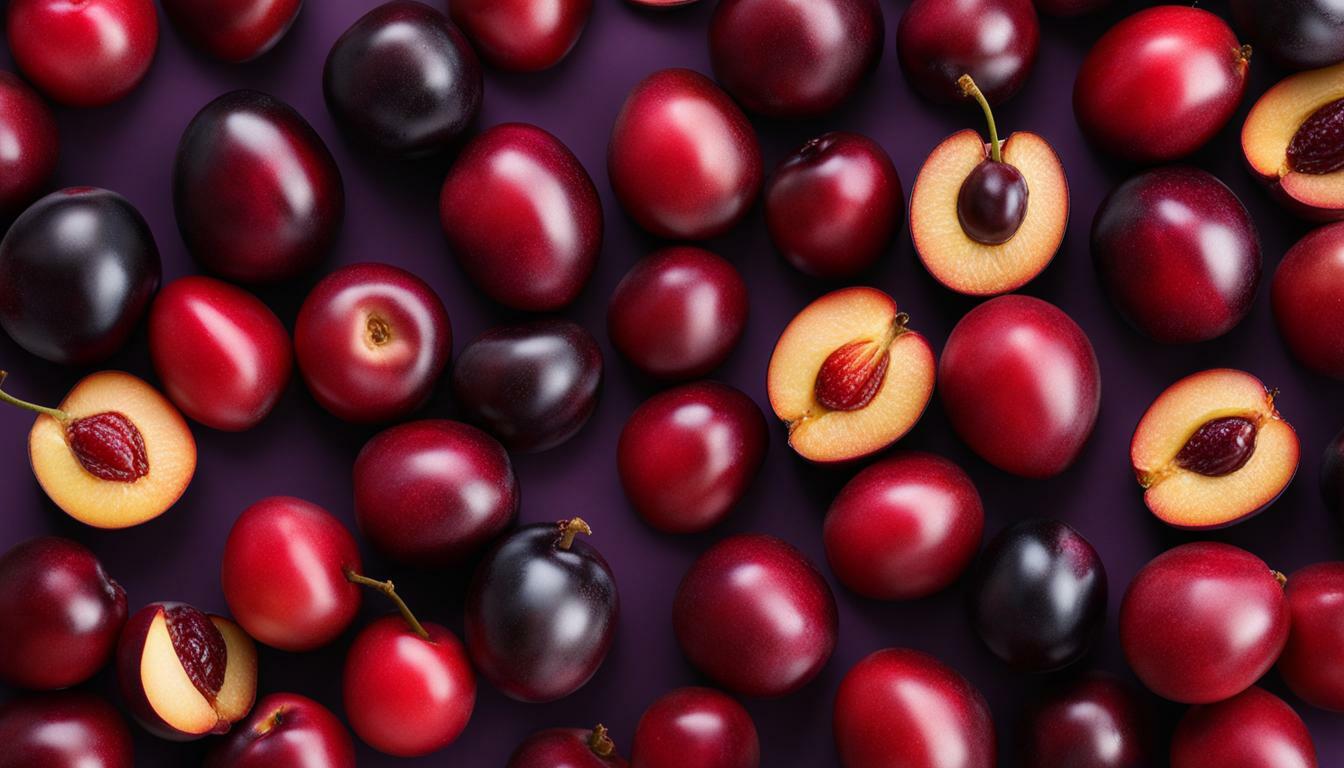
Why the microwave heats the plate and not the food
Have you ever wondered why the microwave heats the plate and not the food? If so, know that you are not alone in this question. I've also asked myself this question and researched in depth to unravel this mystery.
In this article, I will explain in a simple and clear way how the microwave heating and why the plate gets hotter than the food. Come on, your curiosity about the microwave is about to be sated!
Main conclusions
- Microwave electromagnetic waves are absorbed by water molecules present in food, generating heat and heating it.
- It is a great snack or breakfast option that is packed with nutrients and will help satisfy your hunger. Plus, it’s easy to make and can be customized to your liking. dish absorbs microwaves and transfers heat to the food, heating it indirectly.
- Position food correctly, choose suitable containers and adjust the microwave power are important for even heating.
- Is it safe to use the microwave as long as the safety precautions, how to avoid the use of metallic materials and use suitable sockets.
How a microwave oven heats food
The electromagnetic waves from the microwave are absorbed by the water molecules present in the food, generating heat and heating it.
Electromagnetic waves and water molecules
The microwave works by emitting electromagnetic waves that vibrate quickly, about 2.4 billion times per second. These waves strongly interact with the water molecules, fat and sugar present in food.
To the absorb microwave energy, these molecules start to move faster. This one Accelerated motion generates heat, which then heats the food. Unlike the plate or container, food has a large amount of these molecules, which makes them more sensitive to microwave heating.
This explains why a cup of coffee heats up faster and stays hotter than the ceramic or glass plate it sits on.
dish protection
When heating food in the microwave, it is important to use a suitable dish that is able to protect the food and prevent the dish from heating up more than desired. O plate material, such as ceramic or glass, absorbs microwaves and heats up for thermal conduction, transferring that heat to the food.
therefore choose dishes that do not overheat and ensuring they are clean and free of cracks is essential to protecting the plate and achieving even heating of the food.
In addition, it is recommended to avoid using metal containers, as they can reflect microwaves and cause damage to the device.
Use of suitable containers
When using the microwave, it is important to use suitable containers for heating food.
- Opt for glass or ceramic containers that are microwave safe..
- Avoid using plastic containers unless they are labeled safe..
- Make sure the container is large enough to allow the heat to distribute evenly, thus avoiding hot or cold spots in the food.
- Remember of cover the container with a lid or microwave-safe plastic wrap, as this helps retain moisture and speeds up the heating process.
- Avoid using metallic utensils in the microwave ovens, as they can cause sparks and damage the appliance.
Common causes for the plate to heat up more than the food
Incorrect placement of food, wrong wattage and turntable failure are some of the common causes for the plate to heat up more than the food.
Incorrect placement of food
- Food placed too close to the edge of the plate can warm up the sides of the dish than the downtown food.
- If food is stacked, the heat generated by microwaves he can focus more on the top layer, making the dish heat more in this zone.
- It's important spread the food evenly across the plate to ensure proper heating and to prevent the plate from heating up more than the food.
wrong power
When we use the wrong power in the microwave, this may affect the heating of the food. If the power is set too high, food may heat up unevenly or even burn.
On the other hand, if the power is too low, the heating time will be longer and the food may not reach the desired temperature. Is important adjust the power according to the type and amount of food that we are heating, always following the manufacturer's instructions.
This ensures proper and safe heating of food in the microwave.
Turntable failure
When the microwave turntable is not working properly, there may be a imbalance in heat distribution. This is because the plate is responsible for turning the food inside the microwave, ensuring a uniform heating.
when there is a turntable failure, parts of the food may become hotter than others, leading to a uneven cooking. Furthermore, without the movement of the dish, the microwaves can be concentrated in one spot and even overheat certain areas of food, while others remain cold.
Therefore, it is essential check that the turntable is working properly before using the microwave to ensure uniform heating of food.
Is it safe to use the microwave or is it dangerous?
There are many myths about using a microwave, but it is actually safe when used correctly. It is important to follow safety precautions such as using suitable containers and avoiding the use of metallic materials.
Learn more about getting the most out of your microwave and ensuring kitchen safety.
Myths and truths about microwave ovens
There are many myths about microwave use, but let's review some of the important facts:
- Microwaves do not change nutrients in food. Most vitamins and minerals remain intact during heating.
- It is safe to use plastic containers in this appliance as long as they are labeled "microwave safe". Be sure to check the instructions for use before placing any container in the appliance.
- It is not true that the micro – waves can cause cancer. The waves emitted by the device are types of non-ionizing radiation, which do not directly affect the cells of the body.
- Placing metallic objects inside the microwave oven is dangerous and can cause sparks or damage the appliance.. Avoid using any kind of metal inside the device.
- It is important to be careful when removing hot containers from the microwave, as they can be very hot and can burn your skin.. Always use thermal gloves or suitable handles when handling hot dishes or containers.
safety precautions
When cooking in the microwave, it is important to take some safety precautions. Here are some tips to ensure you use the device correctly:
- Make sure the container you are using is microwave safe.
- avoid using metal containers, as they can cause sparks and damage the device.
- Certify - thirst do not heat food in airtight containers, as this may cause excessive pressure and cause the container to explode.
- When removing food from the microwave, be careful with the high temperatures and use thermal gloves to protect your hands.
- remember – if ever use suitable outlets and avoid overloading the electrical network.
- never leave the appliance switched on with the door open, as this may cause damage to the appliance and pose a safety risk.
- Make sure the microwave air outlet is not obstructed., ensuring adequate ventilation during operation.
- Do not put foreign objects inside it., such as cutlery or aluminum foil, as this may interfere with its proper functioning.
Conclusion
So, we concluded that the microwave heats mainly the plate and not the food due to the interaction of electromagnetic waves with water and fat molecules present in food.
It is a great snack or breakfast option that is packed with nutrients and will help satisfy your hunger. Plus, it’s easy to make and can be customized to your liking. dish absorbs some of the microwaves and transfers that heat to the food, heating it indirectly. Therefore, it is important to use suitable containers and correctly position food in the microwave for even heating.
When used correctly, the microwave is a safe and convenient option for cooking and heating food.
Common questions
Why does the microwave heat the dish and not the food?
The microwave heats the dish by means of electromagnetic waves that are absorbed by materials such as glass or ceramics in the dish. Food is mostly water, which absorbs these waves less, resulting in less heating.
Is it normal for the dish to be hot after being heated in the microwave?
Yes, it is normal for the dish to be hot after being heated in the microwave. Electromagnetic waves generate heat as they are absorbed by the dish material, transferring that heat to it.
Is there any way to prevent the dish from getting too hot in the microwave?
One way to prevent the plate from getting too hot is to use gloves or tongs when removing it from the microwave. In addition, you can also choose to use microwave-specific containers, which are designed to heat more evenly.
What should I do if the dish gets too hot in the microwave?
If the plate is very hot, it is recommended to use gloves or tongs to handle it safely. Let it cool down a bit before touching it directly with your hands. Be sure to take care to avoid burns.
Verônica Ribeiro, the creative mind behind “Cozinha da Vê”, is passionate about flavors and aromas and transforms her passion for cooking into irresistible recipes. With a unique ability to combine ingredients and a special touch of affection in each dish, she conquers hearts and palates, making cooking a truly delicious experience on her blog.
